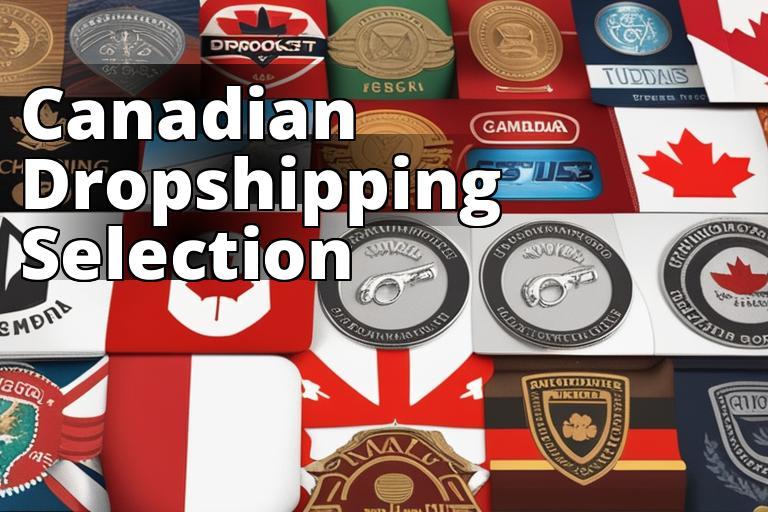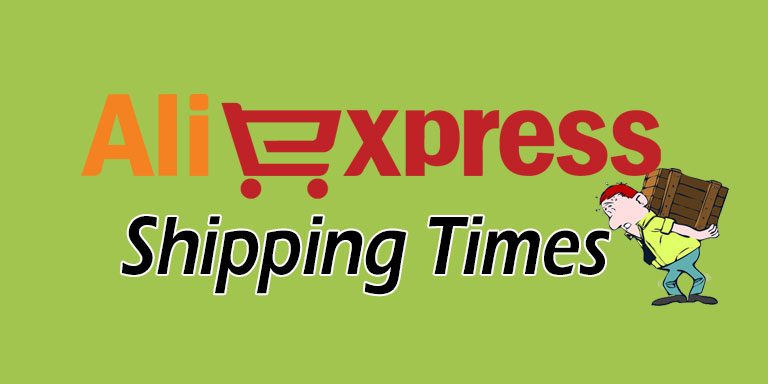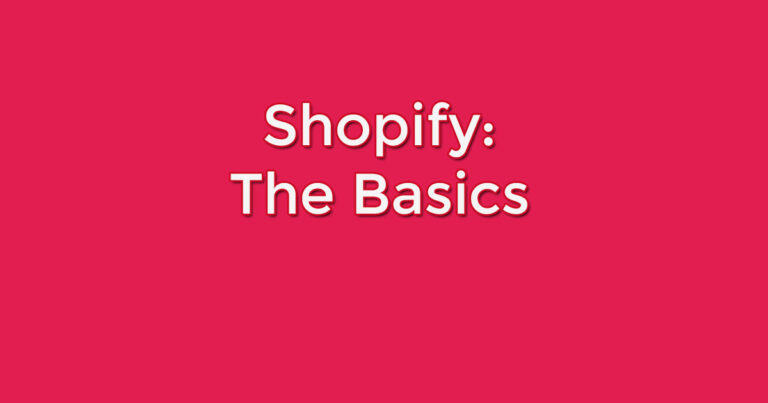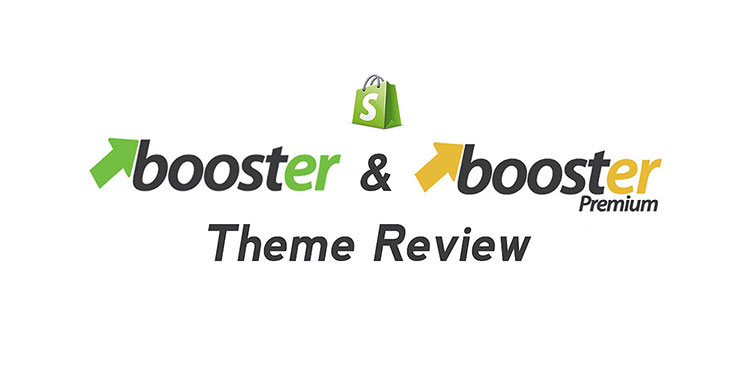Top 5 Shipping Considerations for E-Commerce Stores
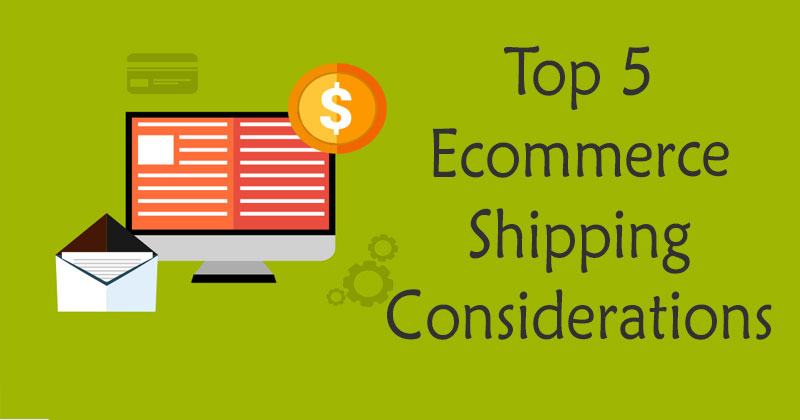
Updated: July 23
Most store owners endeavour to ensure their customers enjoy an exceptional experience. However, the quality of this experience should continue once the customer places their order. Every detail, from the shipping speed to the packaging aesthetics, enhances the customer experience.
Conversely, packing and delivery missteps can detract from the customer experience, contingent on the execution level within your store.
Below are some key points – shipping considerations for e-commerce stores – when offering your products. Excelling in these areas can propel your business from ordinary to extraordinary.
Free Shipping vs. Higher Margins
In the era of Amazon, most customers have grown to expect free shipping. However, for businesses operating on slim margins, there might be other options to consider. One strategy to circumvent the expectation of free shipping is to ensure your delivery is swift.
Customers are often willing to cover shipping costs if they are assured upfront that their products will arrive promptly. It’s also worth noting that offering free shipping has been associated with higher order values – a perfect scenario for testing.
You can balance these options by creating a “free shipping threshold” or setting a cart value where your return on investment (ROI) is high enough to absorb your costs. Optimizing your shipping for conversions can significantly boost your bottom line.
Achieving the right balance for your business may require trial and error, but discovering the right solution can make a vast difference for your store.
Transparency About Shipping Options
Beyond balancing shipping options, being transparent about your delivery options is critical. Ensuring customers are informed about their item’s expected arrival time and cost can enhance the customer experience. This is particularly relevant if your shipping practices are swift and efficient. If you can deliver faster than your competitors, this becomes a real advantage for your customers.
If you offer free shipping, inform your customers that the free shipping option might take longer. This information might entice them towards a paid option, contributing to your bottom line. Many customers might still choose the free option, but finding the sweet spot for pricing and timeframe could increase your ROI by incentivizing others to pay extra for expedited shipping.
Understanding Your Shipping Destinations
Suppose you’ve been operating your store for some time. In that case, you should be able to analyze your orders to understand where your products are being delivered. This data can help you optimize your shipping costs and time estimates. Suppose your store frequently ships to a specific geographical area. In that case, this information can assist in choosing or negotiating with carriers for the best rates.
Ensure you have a system in place to track your shipping destinations. For businesses managing their own product fulfilment, this might mean keeping your warehouse management software updated.
For e-commerce stores utilizing third-party fulfilment services, this will be a question you’ll need to address with your provider.
Product Weights
Knowing your products’ weights and dimensions is another strategy to secure the best shipping rates. For example, if 70% of your shipments are under 1lb, you will likely secure a much better rate than someone shipping 10lb machines. This knowledge lets you price your shipping effectively and accurately manage customer expectations.
Understanding the range of your product weights, from the lightest to the heaviest, is also crucial. If your products are mostly uniform in size and weight, you can use zone-based shipping instead of weight-based shipping. This strategy allows you to adjust your costs based on the buyer’s location rather than the products they purchase. For instance, a zone-based approach might be ideal if your store sells small dog toys.
Diversifying Packaging
Upgrading your shipping boxes is one simple way to differentiate yourself from the competition and delight your customers. When your product arrives in a unique, visually appealing box, the customer experience is enhanced, potentially increasing retention and fostering word-of-mouth recommendations. Enhancing branding can significantly bolster customer loyalty by setting yourself apart from your competitors.
There are some excellent examples of this strategy in the subscription box industry, where many companies have found innovative ways to make their packages stand out.
For instance, when customers see a large pink package in their mailbox, they are likely thrilled, knowing their new Ipsy bag has arrived.
eCommerce store owners are confronting increased market competition, and standing out from the crowd is critical for success. By considering all these considerations when setting up your shipping options, you can feel confident that your business is making the right decisions to boost ROI and expand your customer base.

